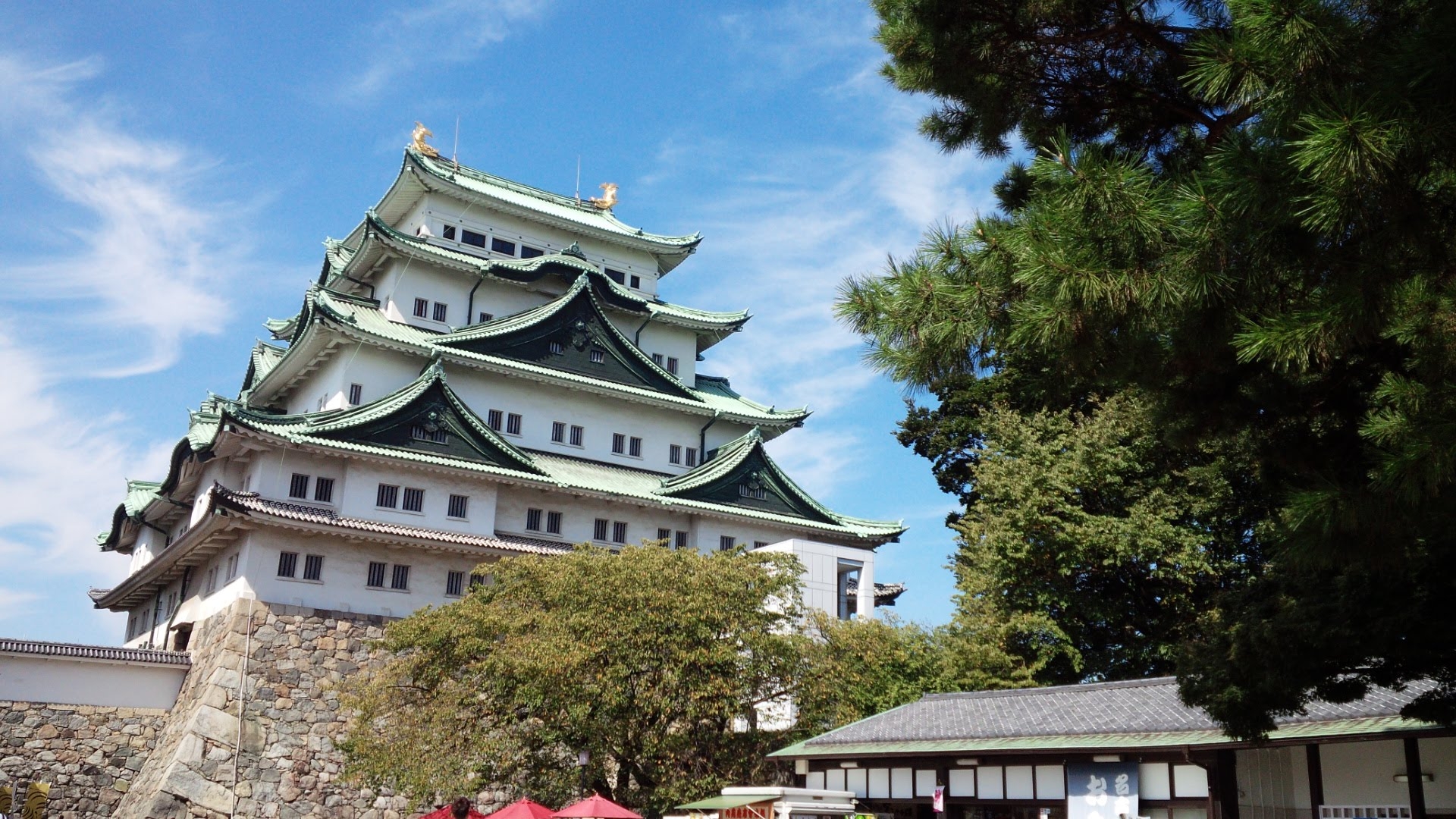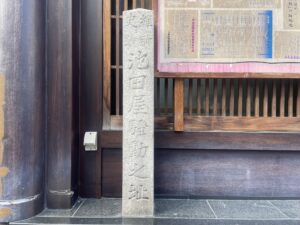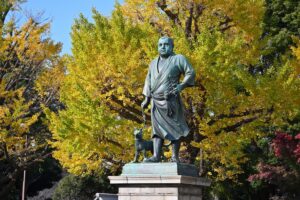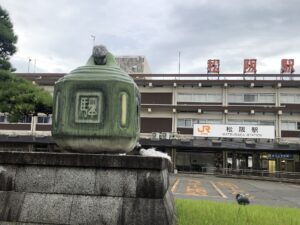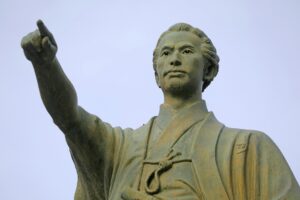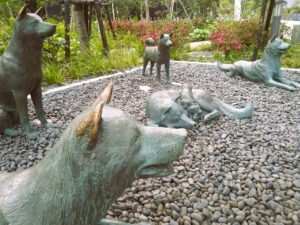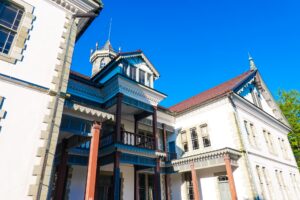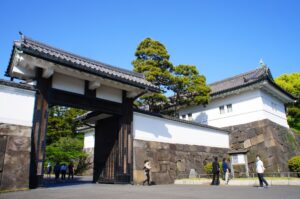Nagoya Castle stands as one of Japan’s most historically significant and visually iconic castles. Constructed during the early Edo period by Tokugawa Ieyasu, the castle played a strategic military and political role in unifying Japan. Despite its destruction during World War II, Nagoya Castle has undergone significant reconstruction efforts, including an ambitious wooden restoration project to bring it closer to its original form. This article explores the castle’s origins, key historical milestones, architectural features, and its enduring cultural legacy.
The Origins of Nagoya Castle: Edo Period Beginnings
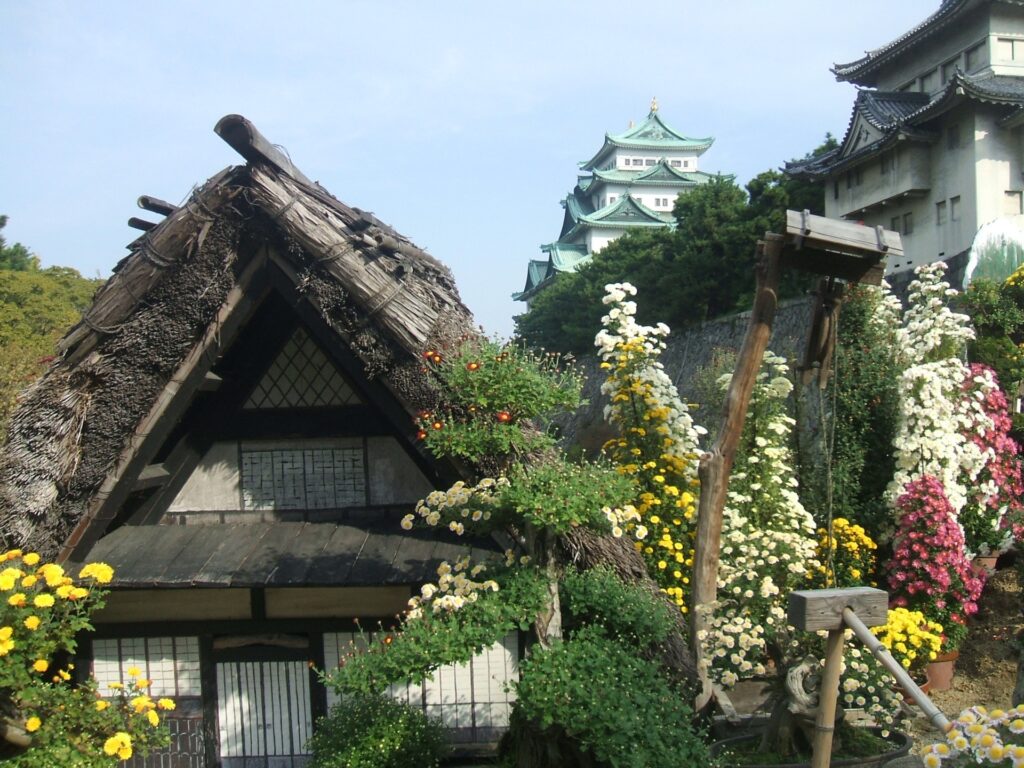
In the early 1600s, Japan stood at a pivotal crossroads. The Sengoku (Warring States) period was ending, and Tokugawa Ieyasu, having emerged victorious at the Battle of Sekigahara in 1600, sought to consolidate power and ensure long-term peace. One of his strategic decisions was to build a formidable new castle in the city of Nagoya, strategically located on the Tokaido, a vital transportation and communication corridor linking Edo (modern-day Tokyo) and Kyoto.
Nagoya was chosen over Kiyosu—a nearby but less defensible location—as the center of regional governance. Ieyasu ordered the relocation of local lords and samurai retainers from Kiyosu Castle to the new site, thus strengthening Tokugawa authority in central Japan. Construction of Nagoya Castle began in 1610 and was completed in 1612, spearheaded by experienced daimyo under Ieyasu’s command. The layout featured sophisticated fortifications, an imposing main keep (tenshu), and a moated enclosure, reflecting advanced military architecture of the early Edo period. The castle’s scale and craftsmanship sent a clear message: Tokugawa dominance was here to stay.

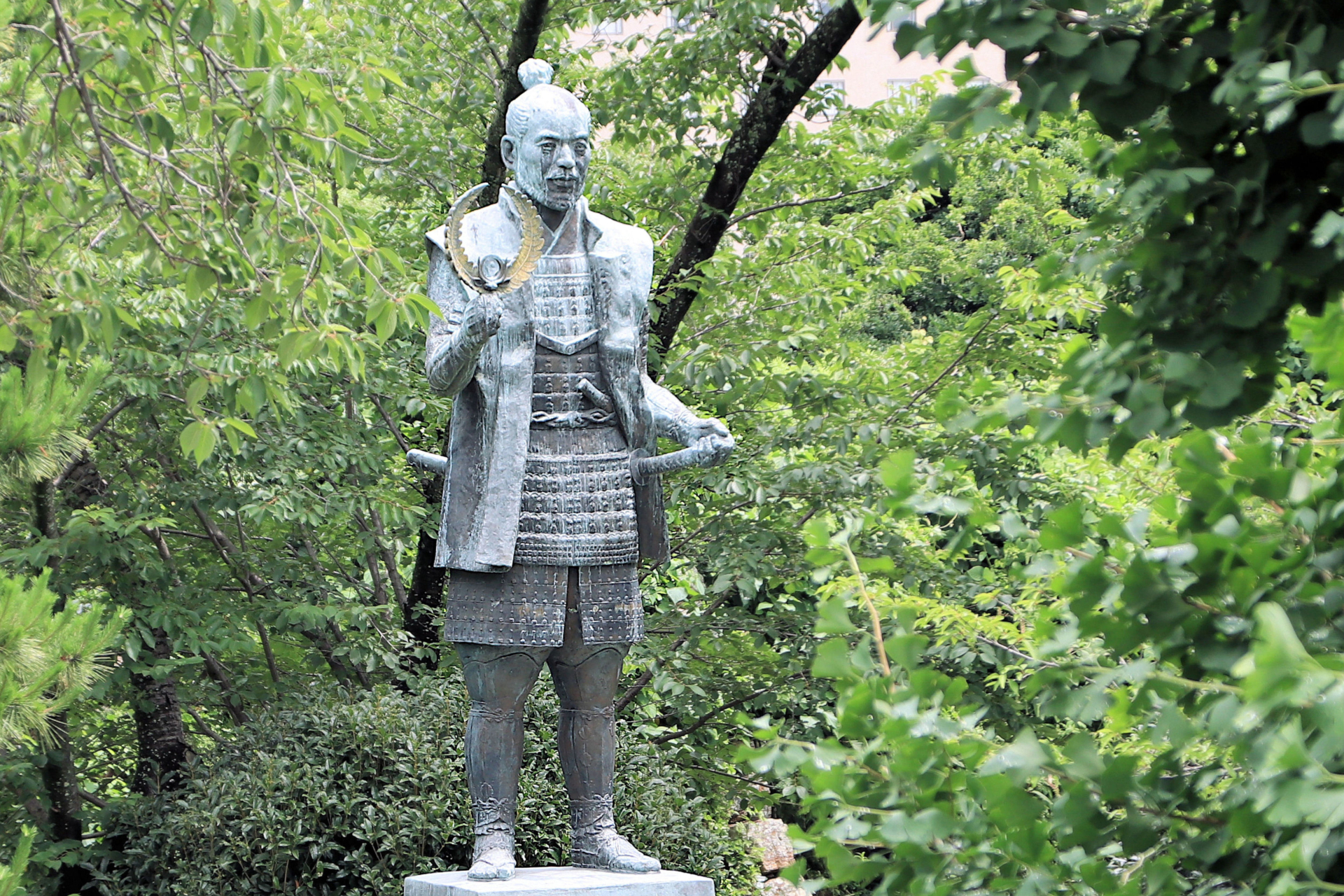
Destruction and Restoration: Nagoya Castle in the 20th Century
Nagoya Castle stood relatively untouched for centuries until the devastation of World War II. In May 1945, during American air raids, the original main keep, along with much of the Honmaru Palace and surrounding structures, was destroyed in firebombing attacks. Only a few original gates and turrets survived the inferno.
In the aftermath of the war, Japan came under the control of the Allied Powers, with GHQ (General Headquarters) overseeing major cultural and political reforms. GHQ implemented policies that aimed to preserve and catalog cultural heritage, which included efforts to document the remains of historical buildings like Nagoya Castle. These policies laid the groundwork for future restoration.
In 1959, the iconic main keep was reconstructed using concrete, a method chosen for cost efficiency and durability. Though not an exact replica in materials, the rebuilt tower helped revive the castle’s symbolic stature. In recent decades, a growing movement has advocated for a faithful wooden reconstruction of the original keep. This initiative, backed by historians and traditional craftsmen, aims to recapture the authenticity of the Edo period architecture. However, the plan has sparked debates over historical accuracy, safety standards, and funding, making it one of Japan’s most watched heritage projects.
Iconic Features of Nagoya Castle
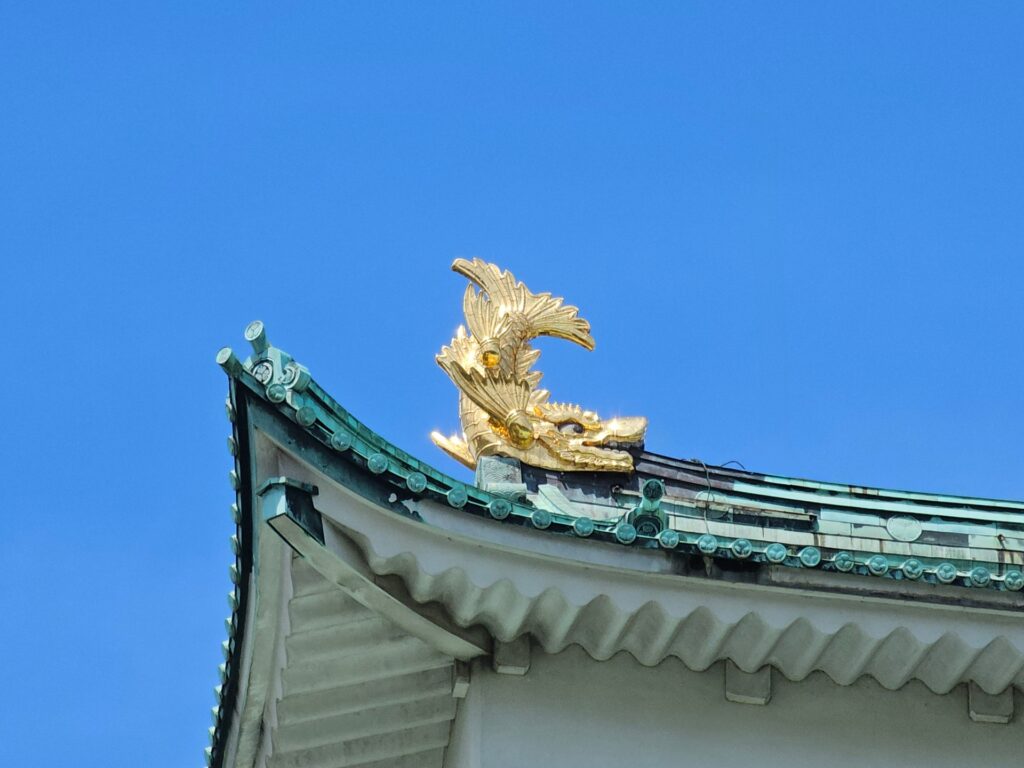
Perhaps the most visually striking features of Nagoya Castle are the Golden Shachihoko—mythical tiger-headed fish ornaments that perch atop the main keep. These gilded creatures, measuring over 2 meters in height and weighing more than 1 ton each, were believed to protect the castle from fire. Cast in gold and symbolic of prosperity and power, they became iconic symbols of the Tokugawa shogunate’s wealth and authority.
Inside the Honmaru Palace, visitors encounter another layer of elegance and cultural depth. The palace is meticulously reconstructed with cypress wood and adorned with intricate wall and ceiling paintings. Each room—such as the Omote Shoin (formal reception hall) and Jodan-no-ma (lord’s audience chamber)—reflects the aesthetic and hierarchical principles of samurai-era governance. These features illustrate not only the artistic excellence of the time but also the social structure and political order enforced by the Tokugawa regime.
Together, the Shachihoko and Honmaru Palace make Nagoya Castle a uniquely rich cultural site, blending military functionality with opulent symbolism.
Nagoya Castle in Modern Tourism and Cultural Memory
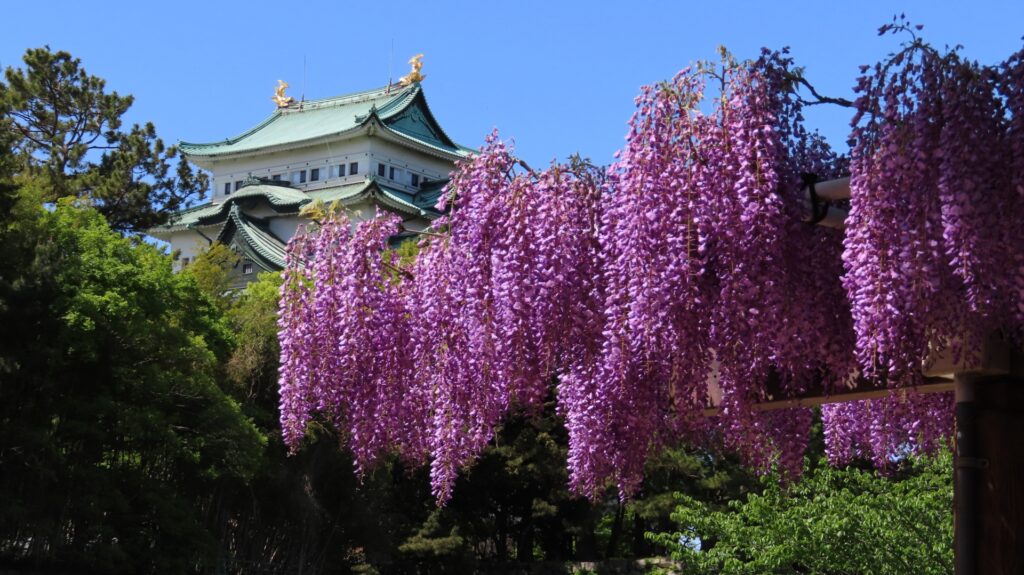
Today, Nagoya Castle is a major tourist attraction and a focal point of civic pride. Managed by the Nagoya City government, the castle grounds include a visitor-friendly museum, rotating historical exhibitions, and immersive experiences that bring Japan’s feudal era to life. Seasonal events—like cherry blossom viewings in spring and cultural festivals in autumn—enhance its appeal.
The castle also serves an educational role. School groups, history buffs, and international tourists gain a deeper understanding of the Edo period and Japan’s architectural evolution. The facility offers English-language guides and interpretive displays, making it accessible to non-Japanese visitors.
The site is easily reachable from Nagoya Station via the Meijo subway line. Entry fees are modest: approximately 500 yen for adults, with discounted rates for students and free admission for children under 12. Combination tickets including the Honmaru Palace are available, and some discounts apply for foreign passport holders. Online ticket reservations are recommended during peak seasons.
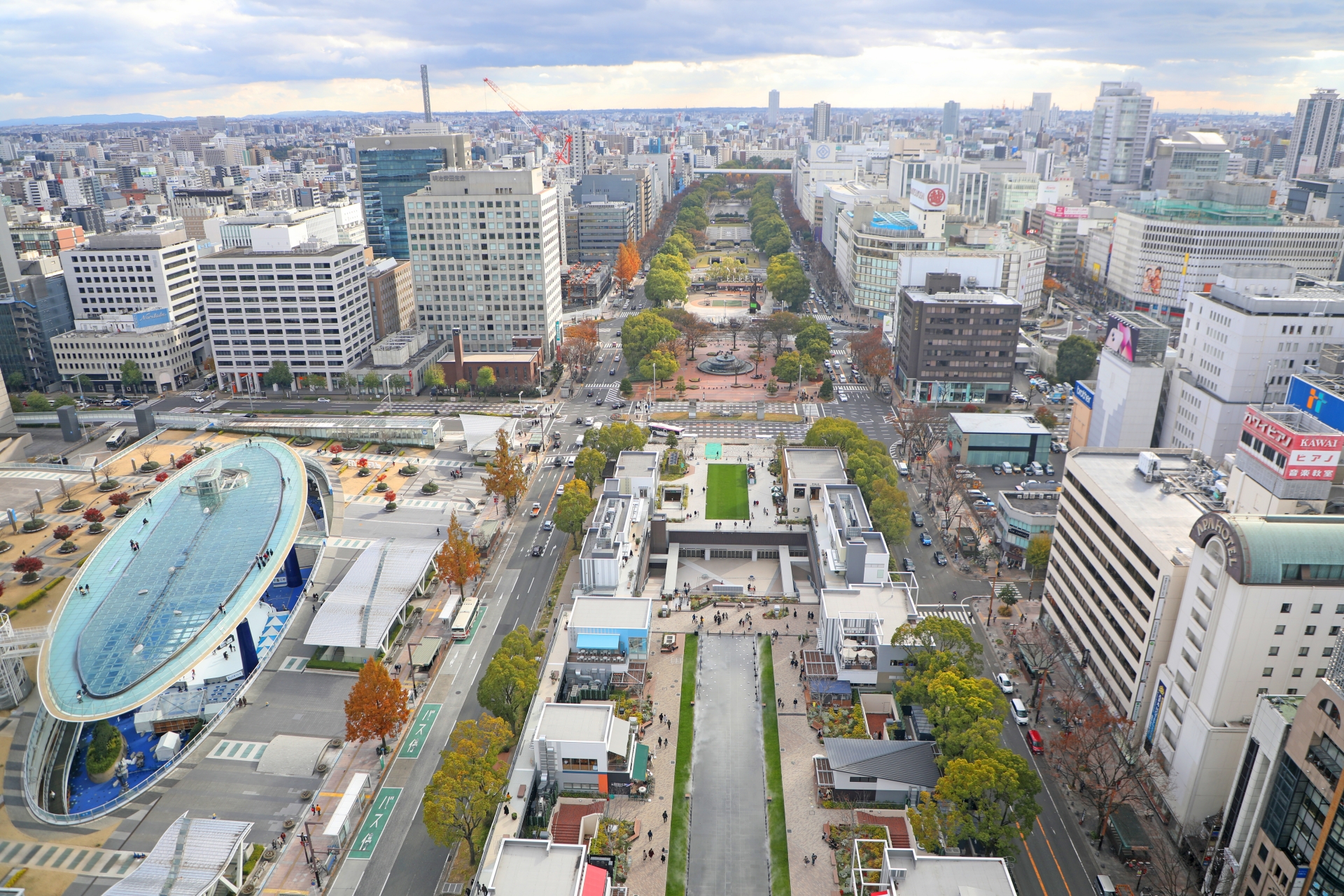
Comparisons with Other Japanese Castles
Nagoya Castle is often compared to other iconic castles like Osaka Castle and Himeji Castle. While Osaka Castle symbolizes military ambition and the rise of Toyotomi Hideyoshi, and Himeji Castle is renowned for its preserved white plaster walls and elegant design, Nagoya Castle stands out for its political symbolism and postwar reconstruction narrative.
Unlike Himeji Castle, which remains largely original, Nagoya Castle was almost entirely rebuilt. In contrast to Osaka Castle’s museum-like modern interior, Nagoya’s ongoing wooden restoration emphasizes authenticity and traditional craftsmanship. Each castle thus tells a different story about Japan’s feudal past and its approach to heritage preservation.
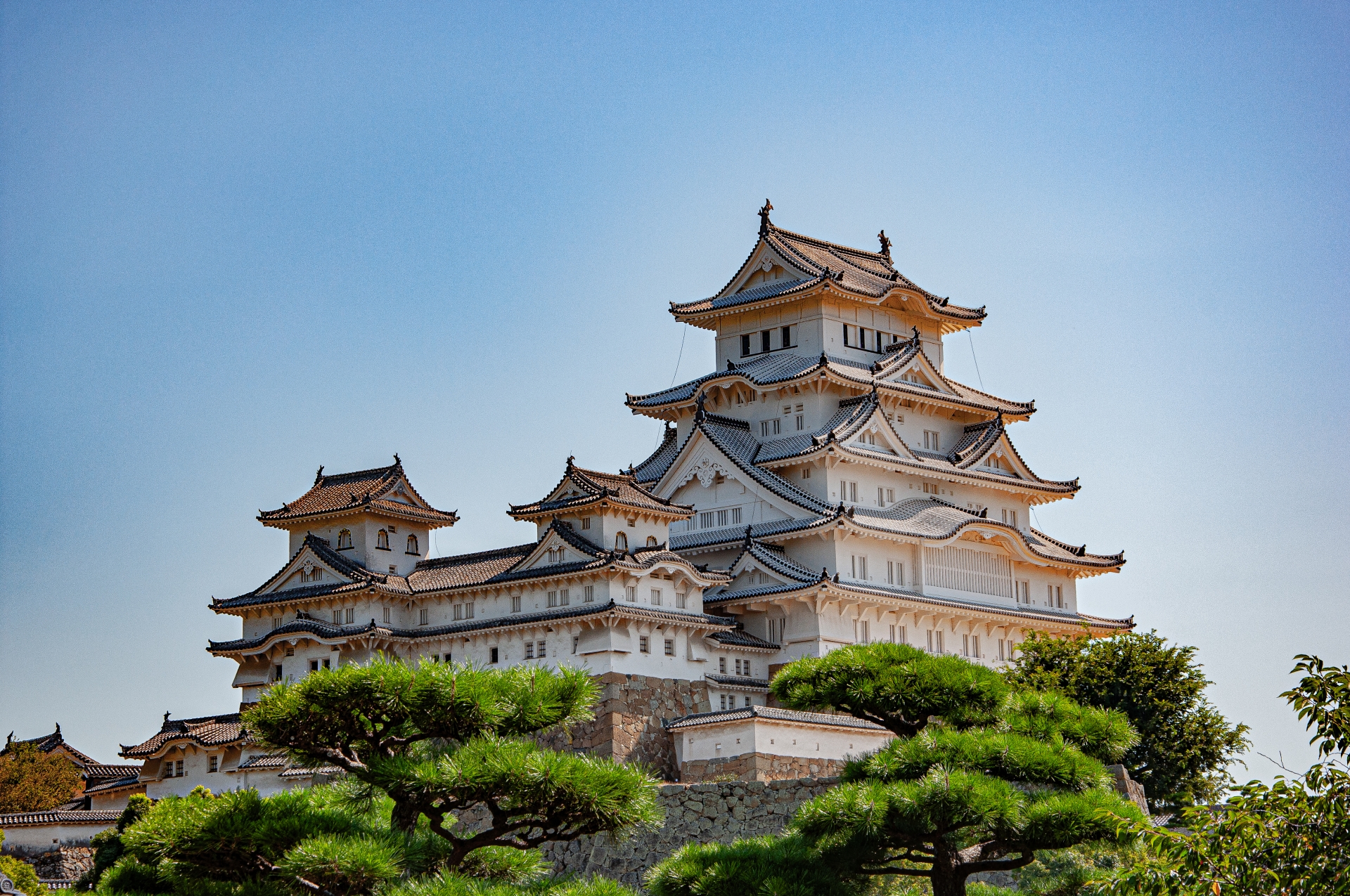
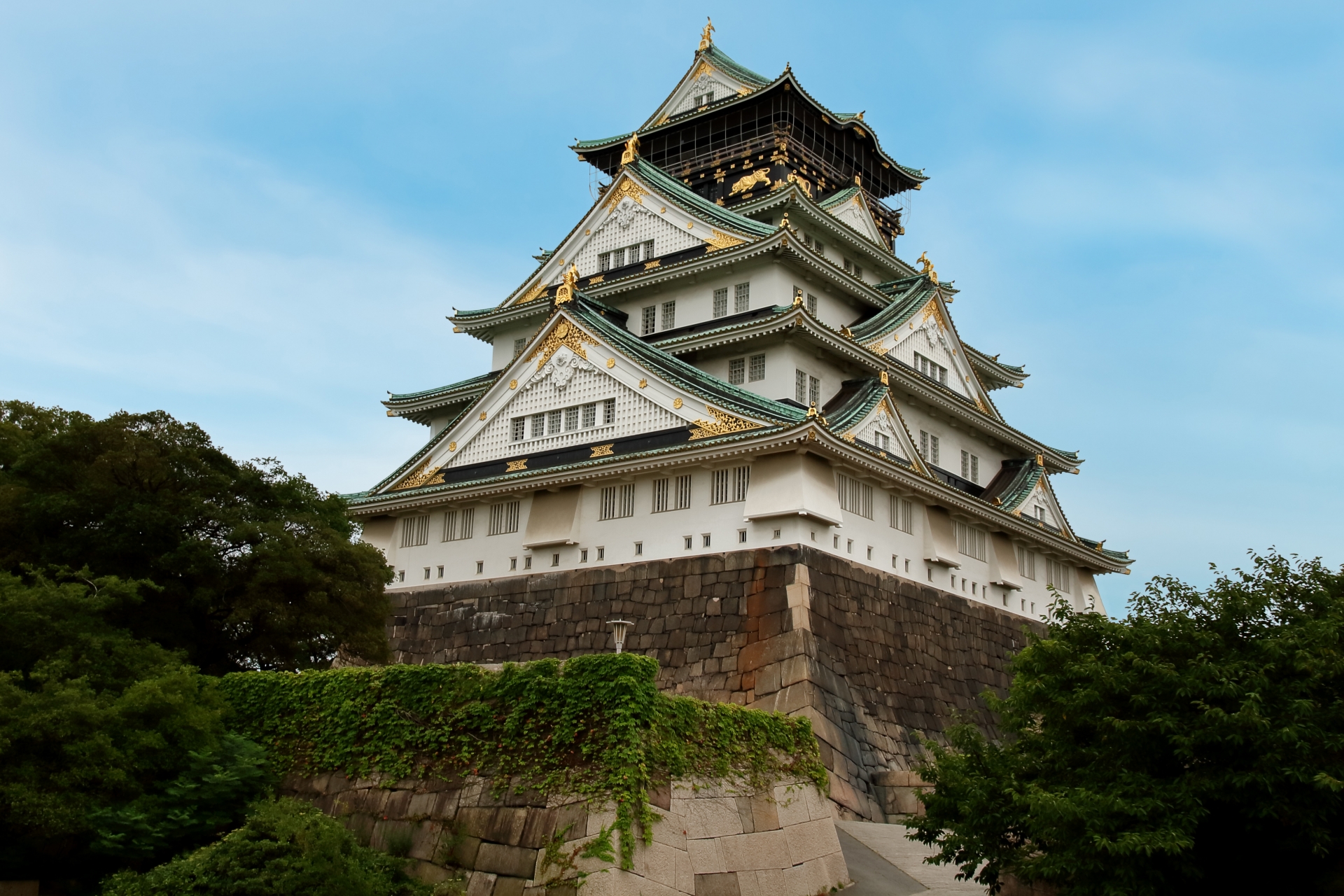
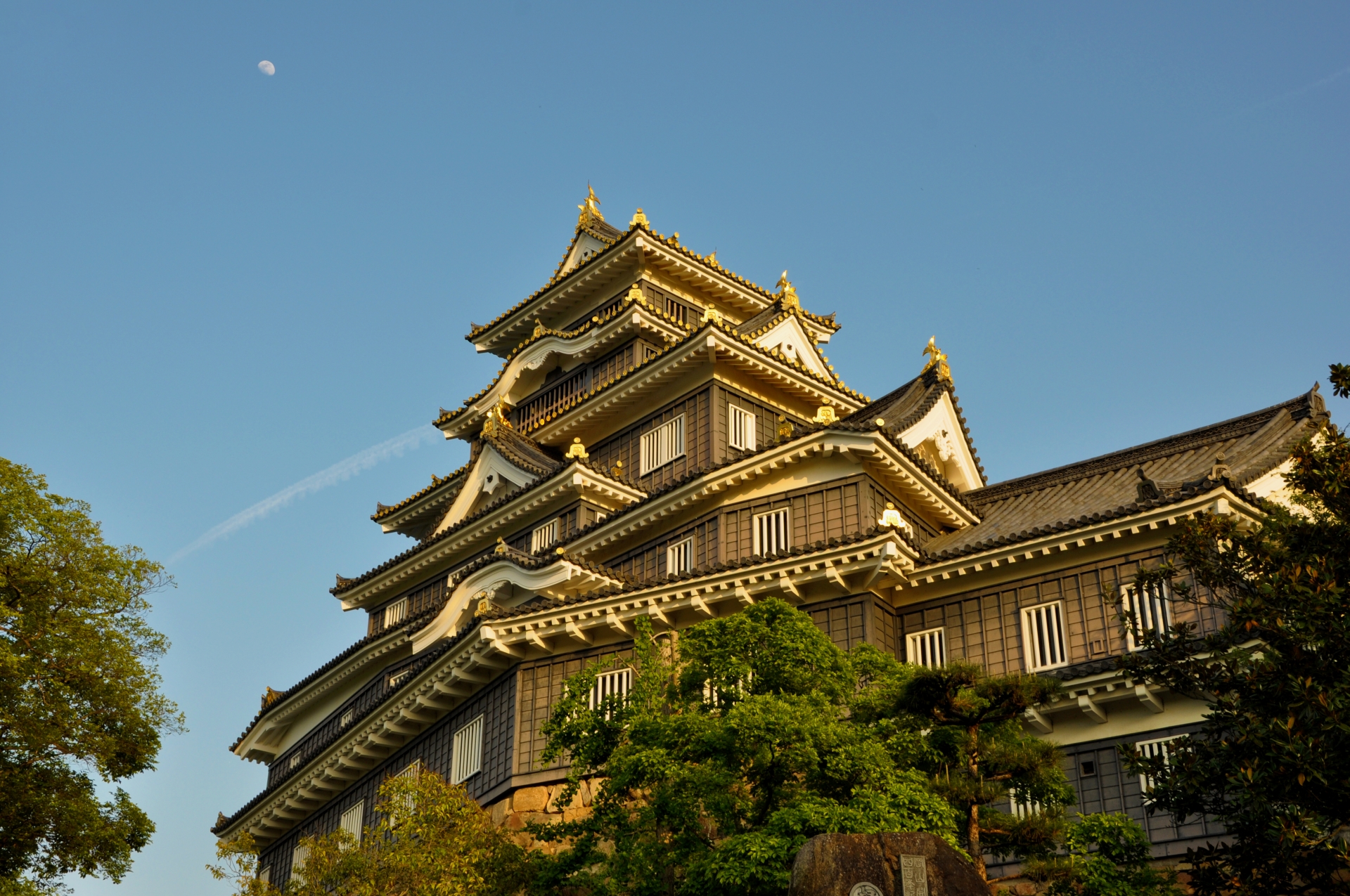
Ongoing Wooden Reconstruction Efforts
Since the 2010s, Nagoya City has pursued a plan to replace the 1959 concrete keep with a more authentic wooden structure, using historical blueprints and traditional building methods. As of the 2020s, this project has progressed through several planning phases, with support from cultural agencies and craftspeople specializing in traditional carpentry.
However, the reconstruction has not been without controversy. Critics have raised concerns about the cost, seismic resilience, and whether a wooden replica can adequately serve as both a cultural monument and public facility. Preservation laws have also mandated strict guidelines to ensure historical fidelity.
The most recent timeline estimates completion in the early 2030s, with some preparatory work already underway. Once completed, this wooden restoration will make Nagoya Castle one of the most ambitious architectural heritage projects in modern Japan.
The Legend of the Golden Shachihoko
Beyond their architectural function, the Golden Shachihoko are steeped in folklore. In Japanese mythology, shachihoko are magical sea creatures with the head of a tiger and the body of a carp, believed to summon rain and protect against fire. According to local legend, the golden figures atop Nagoya Castle possessed talismanic powers, safeguarding the stronghold from disaster.
Over time, these glittering ornaments became synonymous with the city itself. Even today, they appear on Nagoya’s official merchandise, mascots, and tourism campaigns. The enduring fascination with the Shachihoko reflects a broader cultural tradition of blending myth, symbolism, and architecture in Japanese heritage.
Conclusion: Nagoya Castle as a Living Symbol of Japan’s History
From its inception as a Tokugawa fortress to its fiery destruction in World War II and its ongoing wooden restoration, Nagoya Castle stands as a living monument to Japan’s complex past. It embodies the political ingenuity of the Edo period, the cultural losses of wartime, and the resilience of a nation committed to preserving its heritage.
For travelers, students, and history lovers, Nagoya Castle offers more than just scenic beauty. It invites reflection on the impermanence of human achievement and the enduring value of historical memory. Whether you’re admiring the shimmering Shachihoko or walking through the reconstructed halls of the Honmaru Palace, a visit to Nagoya Castle is a journey through Japan’s samurai legacy and architectural brilliance.

